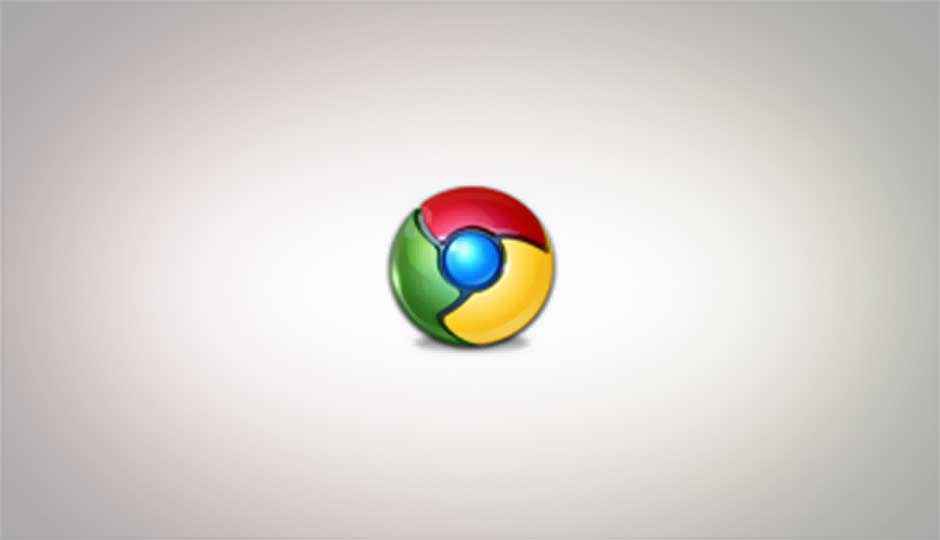Google Chrome to abandon H.264

Google has taken a huge step forward for an open HTML5 by deciding to abandon support for the H.264 video format in their Google Chrome browser in the future.
 Survey
SurveyA little background on this issue is important to understand the full impact of this.HTML5 and related technologies are supposed to be a big step for an open web, as they put a number of features at the disposal of web developers that were previously only available though plugins such as Google Gears and Adobe Flash. Probably the most publicized feature to be added in HTML5 would have to be web video.
Due to the lack of a suitable open codec earlier, the HTML5 specification left out any mention of a recommended codec. Consequently, different web browsers offered support for different codecs. Firefox and Opera stuck to the open formats by offering support for only Ogg Theora video, while Google offered support for both Theora and H.264. Safari on the other hand supported only H.264 video. This meant, that for a website to reach users on all browsers, the video needed to be available in both Theora and H.264, since no single format worked on all browsers.
Since then Google has released the WebM / VP8 video codec as an open source format and standard for free use. They also started encoding a majority of their YouTube web videos in the new format. Opera, and Google Chrome now both support the WebM format, and Mozilla will support it in Firefox 4 (it is already present in the betas). MIcrosoft will only support H.264 in their upcoming Internet Explorer 9 browser, however even they it support VP8 video playback if the codec is installed. Adobe too declared that they will include support for VP8 playback in their Flash Player in a future version.
Now, H.264 might be a brilliant codec, which is very suitable for Blu-Rays and other content, however as a format for the “Open Web” it is not very suitable, due to its heavily patent-encumbered nature. While VP8 might still lag behind H.264 in quality, it is a suitable replacement for the purpose of the web, and is a much better codec than Theora. Once Firefox 4 releases with VP8 support, VP8 will be the most widely supported web video format for HTML5.
By removing support for H.264 video from Google Chrome, Google is not only saying that VP8 is way to go for web video in the future, but also that H.264 is not the way to go. With VP8 supported in all nearly browsers and the Flash Player, and being a royalty-free good quality alternative to H.264, it seems even more likely now than ever that it will become the standard for web video in the future. Of course there is still a place for the Flash Player, since Web Video is only a part of its functionality, and features such as DRM and streaming are still not supported.
A number of hardware devices with inbuilt VP8 decoding support are around the corner, which would allow portable and other low-power devices to play back HD video encoded in VP8 like they do for H.264 now.
Apple has been silent about this till now, however after vocalizing so much about “open standards” and the “open web”, it would behove them to support an open format, although if the past is any indicator, this may not be the case.
In any case the future of web video, and Google stand in it is becoming a little clearer now.